The HTC announced its first Windows Phone 7 devices, the HTC Arrive is finally available from Sprint, is the first Windows 7 Phone available on a CDMA network. Its unusual for an HTC handset to make it long o the subscribers after the announcement. First of all Microsoft havent supported CDMA initially, which explains why both AT&T and T-Mobile have been enjoying the models from Samsung, LG, Dell, and HTC alike while Sprint and Verizon have been patiently twiddling their thumbs.
The CDMA really fair against the GSM market models that beat it to market is the first point now.
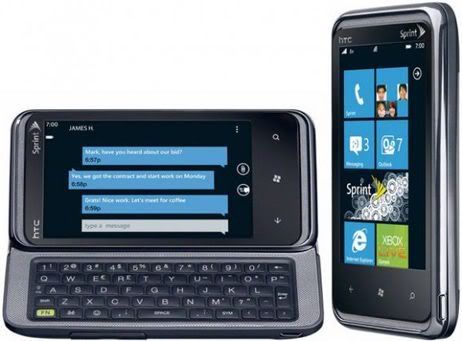
Hardware
The Arrive comes boxed with a black USB wall charger, micro USB cable, black stereo ear buds, and a usual manual. The model shares a variety of elements in the models we used in 2010. While this model is little bit designed with freedom of HTC people not like the phones of HTC before (usually they all seems to be same in design), the main example for this is slide-tilt mechanism from them, which is totally unique in the companys hardware portfolio. The Desire Z and G2 has the slide mechanism, but the design might be surround, making the sense, and we could imagine the HTC might be looking to visually differentiate its Windows Phone 7 models from its Android Ones.

Unlike the other QWERTY smart phones on the market, the Arrive feels solid in style whether its closed or open. The phones heavy – as QWERTY slide tends to be, its really heavy enough to unmistakably convey that all important substantial feel. The keyboard itself is well designed compared to LGs Quantum (only other Windows Phone 7 QWERTY keypad), we definitely prefer HTC Arrive. Button size and working on it will be good on both the devices. In Arrive, the Surround looks awesome. The left edge of the phone features a volume rocker that looks good and works as well- its easy to find without hunting or looking for it. The position, the shape and the tactile response of the power button on the top are all near perfect.
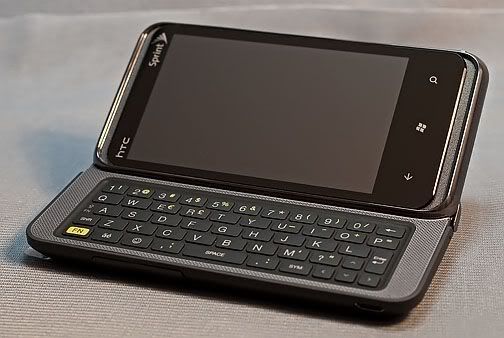
On the backside of the phone you got a battery cover, a nice touch, but you might be stymied at first trying to get it open. Like the most other Windows Phone 7 the SD card is not user-accessible, and its not a global phone so there is no SIM to worry about. So the only big thing in the backside of the phone is 1500mAH battery. Speaking on the battery, the Arrive seems to be holding up through a normal day. From 100% to the critical warning, we got 21 hours and 8 minutes of usage including a 40 minute voice call and 3 hours of music with full volume. Unless the other smartphones we tested, we are really comfortable with this.
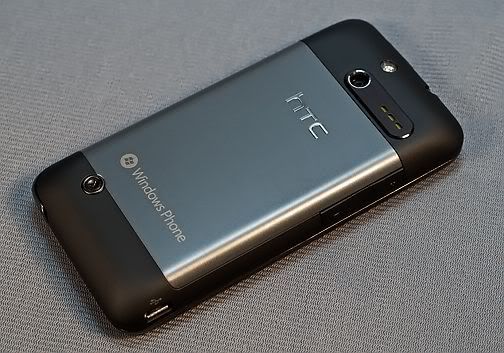
The area in which the Arrive really falls is its display, 3.6 inches seems to be little cramped and its not a problem, when you put it alongside with Samsung Focus or HTC HD7, the difference become noticeable. The IPS, SLCD, and Super AMOLED display are dominating the mid and high end smartphones market, the Arrive run-of- the mill TFT LCD falls.
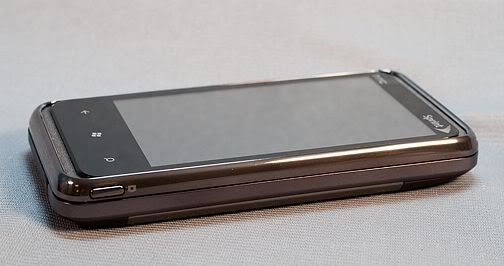
We really dont have any issues in the Arrives sound quality, but we have a unusual problem: its pretty much the first phone we have ever used where there are situations we couldnt turn the earpiece volume low enough. The loud speaker locates on the same metal bar around back as the camera lens performs admirably. We are actually little surprised that HTC would have overlooked this in a business oriented device where a quality speaker phone tends to be higher priority. Its really usable but sound funny in some occasions.
Software
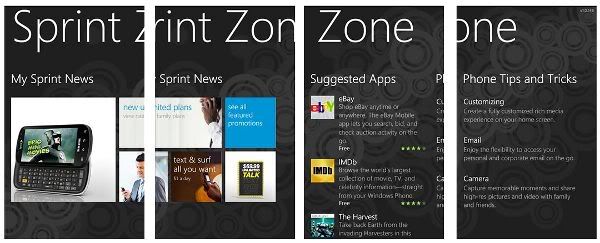
Theres not a lot in the software section we have seen and we have expected a lot because of Microsoft. They have locked down the experience on Windows Phone 7 so comprehensively and you can move between devices without skipping a beat. No skins, is the first thing what we have noted. Garbage is also not there. There are a couple notables, first one is Sprint includes a branded application, Sprint Zone, got some stylized RSS feed: clicking on news items and tips sends you out to browser rather than keeping you inside the hub. It also got a list of recommended apps here that will send you directly to the Marketplace. The apps tile comes in home screen itself, but everything else like a Windows Phone 7. Second one is NoDo update: the platform first with actual feature changes and means that users now have access to copy and paste. If you are coming from another platform, we say Microsoft implemented the clip board here isnt immediate intuitive, but you will pick it up in no time.
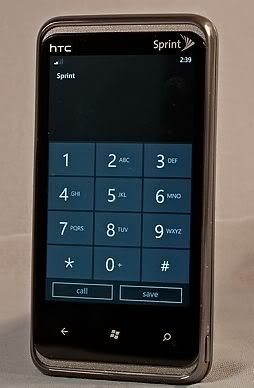
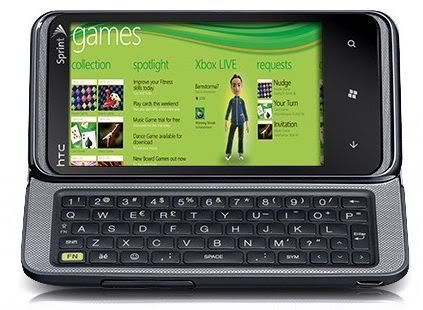
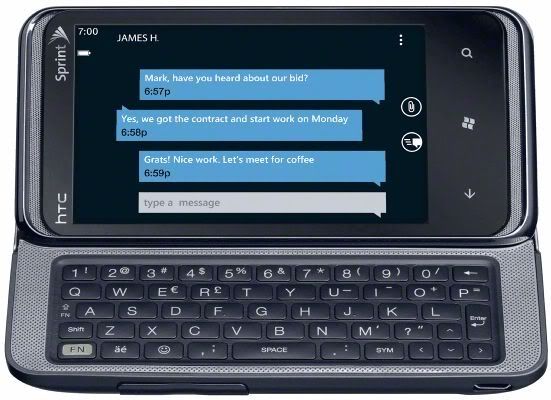
Camera
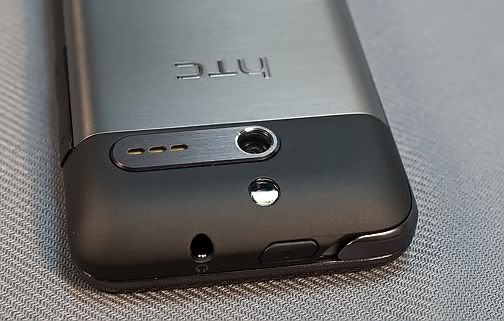
The camera is really disappointing on HTC Arrive. It got a lot of flaws as its Windows Phone 7 sibling, the HTC Surround: over exposure and over sharpening in bright lenses, random blurry spots that looks like severe compression arty facts, lack of detail and excessive noise in low light. We know some other phones like Nexus One, G2, and myTouch 4G that HTC can produce a decent 5 megapixel shooter. HTC is using a more different 5 MP camera modules across multiple devices, is that a software/firmware issue or something else? The Arrive captures reasonably a decent smooth HD video (720p), even the audio in that sounds a bit funny. But the really exciting in the video recording is that it supports continuous auto-focus, just like the Surround. The camera interface provides the same minimized experience we have come to enjoy the Windows Phone, along with the same limitations. The flash setting
is reset to automatic and the video resolution is switched back to VGA each time the camera is restarted (seems to be a funny issue again). Like all other Windows Phone 7 devices, Arrive got a dedicated two-stage camera key, overall the camera on the Arrive seems to be half-baked, and we hope the HTC and Microsoft will focus more on the imaging performance in the future updates.


For
- Design
- Nice keyboard
- Good and Solid Battery Life
Against
- Mediocre display
- Camera
- Not a global phone
- Windows Phone 7 still behind the competition with iOS and Android
Conclusion
In the market of smart phones available now, Arrive seems to be good in the design, keyboard and a good HTC build. The display, camera functionality seems to be lagging. The problem now is you still cant say much when you look at whats currently out there. The landscape hasnt changed much at all since the platforms retail introduction last year. The HTC upcoming HTC HD7S could steal that title back by correcting one of original HD7s biggest shortcomings.
Another Important thing is Microsoft has to listen to the consumers needs and provide enhancements to the OS Windows Phone 7, because the other contenders along the side are iOS and Android.
